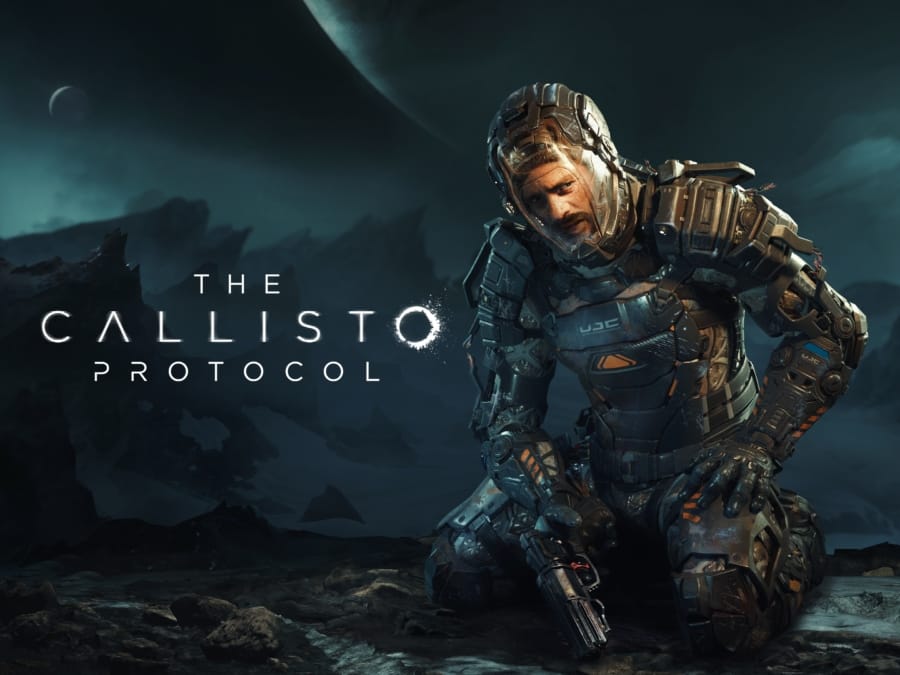Callisto Protocol Spiel
Let’s start with what made Dead Space iconic. The classic was loosely based on Lovecraftian horror, borrowing the themes but not the mythos, and it kept the theme going with sci-fi and zombies. There is the conflicting set of biases in the audience’s mind that the future of science will empower people beyond our wildest imagination, but we would also like to believe that the same set of tools may betray us. Juarassic Park franchise is the prime example —we brought dinosaurs back with science, but the same science didn’t save us from dinosaurs rampage. In a sense, Dead Space was able to balance those two pretenses of the future. The future where an engineer will be able to turn tools into lethal machines is also the future where an engineer has to resort to these unproven methods.
Callisto Protocol starts off on a wrong foot. Its set of weapons are ordinary weapons we would see in today’s prison: shiv, baton, and guns. Inevitably the combat was the material of contemporary’s like a prison outbreak only with zombies, far from futuristic gameplay gamers were hoping for in a successor. Reforge and its 3D gun printing try to bring it home again, until it is better to have less guns as ammunitions are still scarce and incompatible from each other. The only difference the game has made is GRP, its own iteration of kinesis module from Dead Space, designed to control with inmates, not inanimate objects, in lore. It is indeed a promising lead until we learn the game has selectively disabled GRP on boss fights. While I understand the developers’ decision, the core combat isn’t exactly space age material due to the compromise.
The actual combat system itself is also a work of compromise between a video game and an action movie. And the only sensible solution the game has found, it seems, is to introduce QTEs. I’ve been critical of other walking simulator or film-like games that seem to depend on the QTE as design element of action sequence. While it does involve gamers, it doesn’t revolve around gamers. The emphasis on melee combat with its QTE-ridden dodge mechanic begs the question whether this is the most sci-fi solution to the sci-fi zombie plague.
Callisto Protocol loses its balance when it comes to plot and the world it has built. We are fighting that is seemingly a zombie, but technically not a zombie, a trope most gamers would be familiar with from Resident Evil franchise. The evildoers behind the outbreak of zombies are no different, and their motives, too. After all, Resident Evil is an established zombie franchise, big enough to create its own bingo card with villain archetypes. This is where the game loses all the balancing acts, masks off. Sci-fi zombie horror set in extraterrestrial prison becomes yet another prison zombie outbreak, dropping sci-fi and horror from the aspects.
There is one more thing to note. I am assuming the developers wanted the game to support as many platforms as possible, and this put them in difficult position. All current gen consoles support seamless loading, should the developers wish to take advantage of it. The game adds too many crawl animations to hide the loading screens, which would have been fine had the game not been in linear level design. And the combined effect inadvertently left me to wonder when to grab the controller to start playing again.
Conclusions: Interactive Movie Strikes Again
There is no doubt some merit to the genre that has become Callisto Protocol, albeit it seems accidental than intended. Interactive movie has its fandom, and there are players who would prefer film-like experience where game would try to encapsulate live action done by actors as much as possible. But once we step outside of the realm, the game is full of compromises that are meant to appeal to bigger crowd as possible, thereby losing its own flavor of sci-fi horror. Should there be a sequel to Callisto Protocol universe, I’d like to see more focused efforts instead of diversifying its portfolio.
